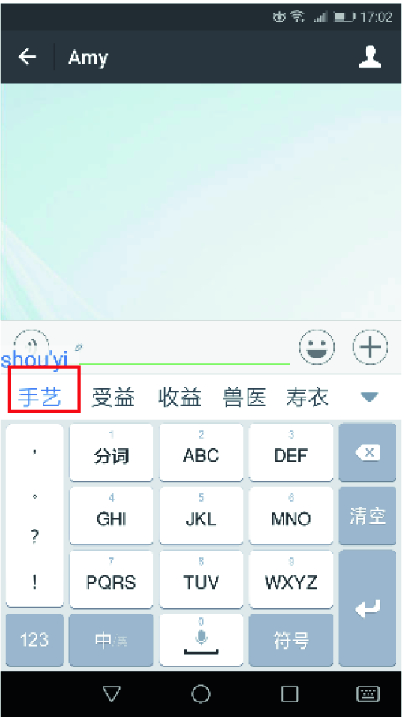
Sogou Pinyin: Revolutionizing Chinese Text Input
The Chinese pinyin input method (中文拼音输入法) has gone through significant evolution since its beginning, changing how China figures are typed and revolutionizing electronic digital communication in Chinese-discussing neighborhoods. Here’s a peek at its development and affect:
Very early Advancement: The growth of Pinyin enter methods extends back on the 1970s, with very early solutions relying on complicated programming strategies and minimal performance. Even so, as computer systems innovative, Pinyin input strategies started to be modern-day and end user-friendly.
Widespread Adoption: The wide-spread adoption of Pinyin feedback techniques within the 1990s and 2000s played a crucial role in the digitalization of Chinese figures. By providing an instinctive and successful approach to type Asian figures, Pinyin enter approaches created pcs and mobile phones accessible to Asian audio speakers globally.
Facilitating Connection: Pinyin enter approaches have facilitated interaction across linguistic boundaries by allowing Chinese audio speakers to sort and deliver emails simply and efficiently. This has led to the globalization of China language and customs.
Enhancing Terminology Studying: For Chinese words students, Pinyin input techniques are priceless instruments for practicing typing and reinforcing language. The phrase forecast characteristic assists students associate Pinyin spelling with all the related character types, aiding in figure identification and memorization.
Support for Dialects and Minority Different languages: Pinyin enter techniques were also tailored to aid dialects and minority dialects in The far east, and helps to preserve linguistic variety and advertise social historical past.
Affect on Modern technology: The introduction of Pinyin insight strategies has inspired other facets of modern technology, like dialog acknowledgement and organic terminology processing. Pinyin-based insight techniques function as the basis for sound input and text message-to-conversation technologies in Mandarin China.
Carried on Development: Pinyin insight approaches still change with advancements in technology. Contemporary input approaches integrate artificial learning ability and unit understanding algorithms to enhance term prediction accuracy and reliability and user practical experience.
To conclude, chinese people Pinyin feedback strategy has revolutionized the way in which Oriental character types are typed and conveyed inside the electronic age. Its evolution and impact have not merely facilitated connection and vocabulary learning but additionally contributed to technological know-how and social preservation. As modern technology consistently progress, Pinyin feedback strategies will probably play a progressively vital role in shaping the way forward for electronic connection in China-talking areas.



